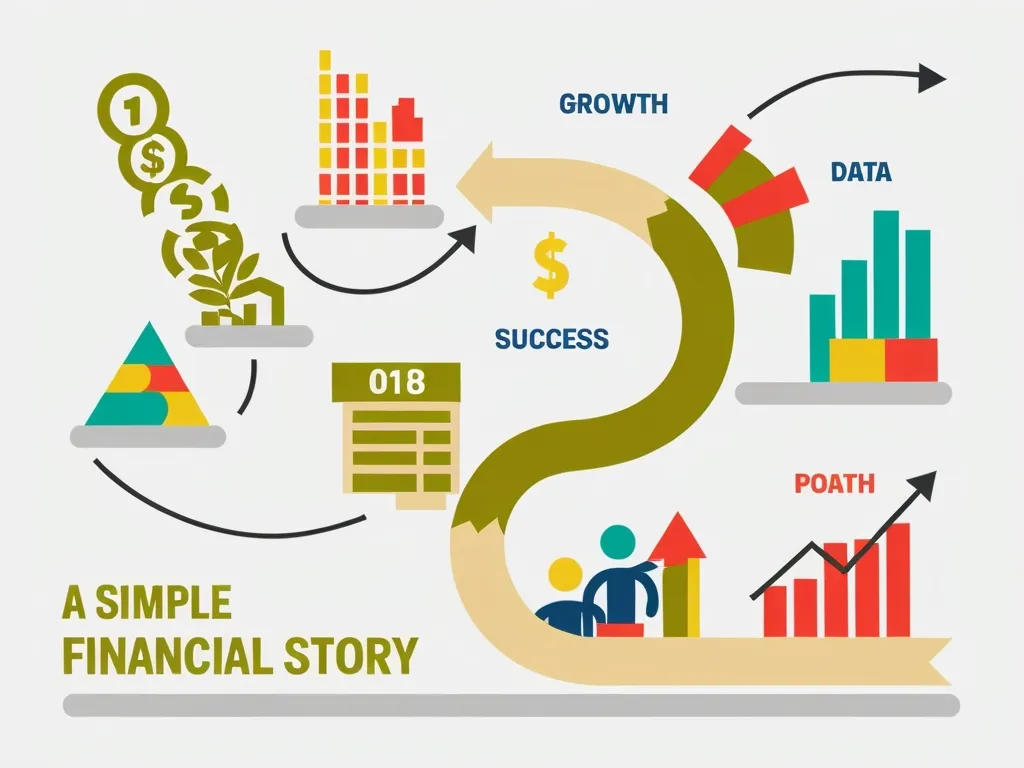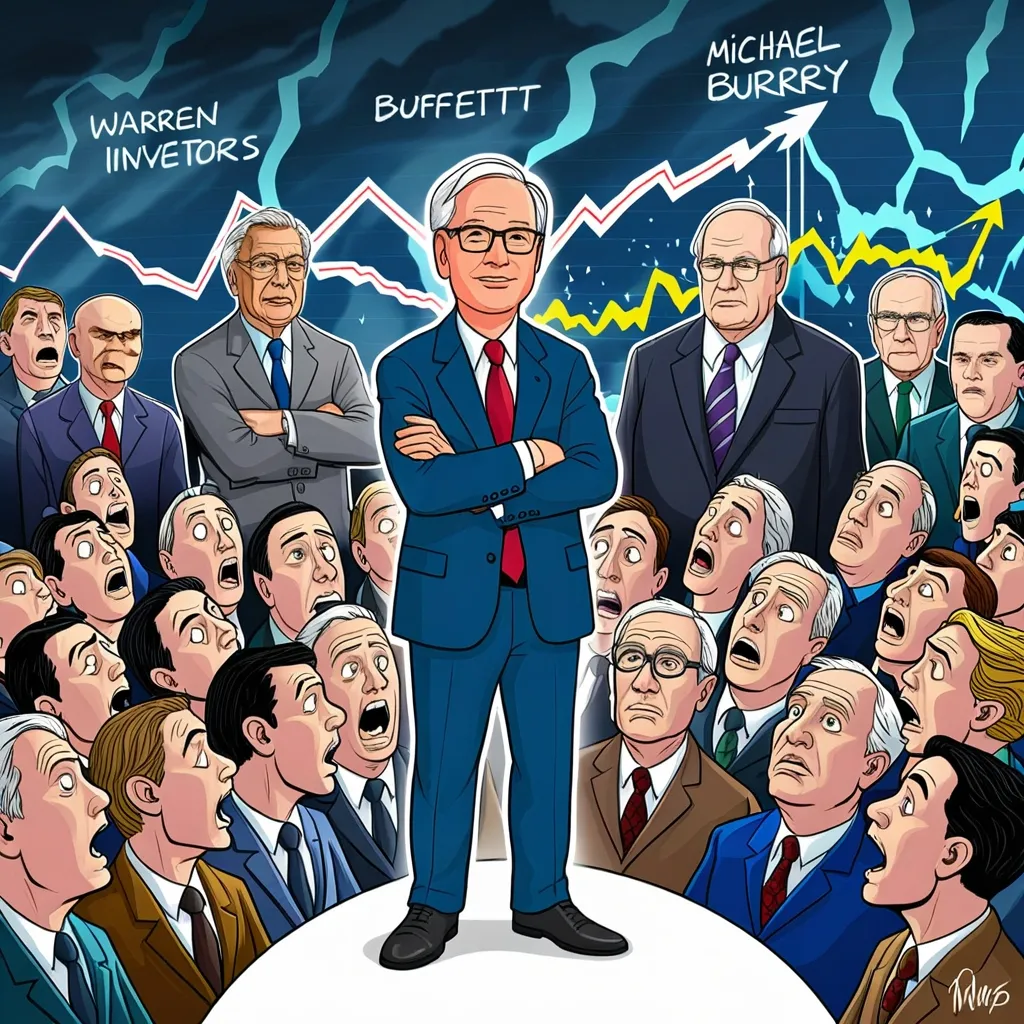If you had told me years ago that some of my most rewarding value discoveries would come from companies halfway across the world, I might have hesitated. International investing has a reputation for being complicated: unfamiliar accounting, foreign regulations, language barriers, and the shadow of currency risk. Yet for those willing to roll up their sleeves, these same obstacles often mask opportunities that many investors ignore. Let’s break down the process together and see how value investing, paired with international diversification, can become a powerful framework for outperformance.
“Price is what you pay. Value is what you get.” This quote from Warren Buffett is my guiding star. But what if most investors only look for value within their own borders? How many overlook companies in countries you’ve never visited, just because they seem foreign or risky? I’ve learned that ignoring international markets leaves many stones unturned—and value investing thrives on turning over more stones than anyone else.
One lesser-known fact about international markets is that structural and behavioral barriers make inefficiencies more persistent. In major developed markets, analysts swarm over every large company, and information gets priced in with lightning speed. But in Poland, Peru, or South Korea? Many sound businesses barely get noticed, let alone written up in English. Have you ever considered how home bias creates these persistent discounts? Investors often pay a premium for what’s familiar, leaving comparable overseas companies lagging in valuation—even if their fundamentals are superior.
The first strategy I use is quantifying valuation gaps beyond the headline numbers. You can start by comparing metrics like price-to-book, EV/EBITDA, and free cash flow yields across markets. But it’s not as simple as copying numbers from a spreadsheet. Accounting standards differ country to country, and sector makeups vary wildly. To make apples-to-apples comparisons, I adjust for things like revaluation of assets, capital leases, or how pension liabilities are recorded. For example, Japanese balance sheets are famously conservative, while Brazilian companies might use aggressive depreciation schedules. By normalizing for these quirks, I can uncover genuine disparities—sometimes seeing a 30–40% discount for a company with equivalent or even better returns on capital than its US or Western European peers.
“Investment is most intelligent when it is most businesslike.” Benjamin Graham’s words echo in my mind as I dig beneath the surface during panic-driven selloffs. Political unrest, currency devaluation, or changes in leadership can spook global investors into mass exits. But often, these events have little impact on the underlying demand for a company’s products or services. I recall how, during a period of trade tensions, a dominant Korean consumer brand was available at just 8 times earnings. The company’s share of the domestic market was unshaken, and its expansion into Southeast Asia offered a path for growth few had noticed. While the headlines screamed crisis, the balance sheet whispered stability.
Have you ever wondered why some international stocks stay cheap, even after posting years of solid performance and growth? One answer lies in governance. Shareholder protection can vary dramatically. I built a toolkit to evaluate governance, focusing on board independence, disclosure standards, and the structure of controlling shareholders. In many emerging markets, a single family or government entity owns a majority stake. Sometimes this means minority investors are at their mercy, but just as often, strong hands provide oversight and alignment. How can you tell the difference? I look for companies with a consistent record of dividends and rational capital allocation. If management reinvests profits judiciously, keeps debt in check, and communicates openly, I’m much more likely to trust that value will eventually be recognized.
“It’s not supposed to be easy. Anyone who finds it easy is stupid.” Charlie Munger’s blunt wisdom reminds me never to gloss over risks—currency risk foremost among them. Currency swings can be friend or foe, especially over the short term. I avoid letting currency fears overshadow the fundamental case for investment. Hedging is a tool, not a crutch. Sometimes I’ll use futures or options to reduce exposure to wild swings, but more often, I look for companies whose operations are naturally balanced. If a Swiss machinery firm earns 80% of its revenue in dollars, its earnings are sheltered against franc appreciation. Many leading companies in export-driven economies have learned to structure themselves this way, buffering shareholders from the worst shocks.
Every so often, I find gems in overlooked markets, where few global investors bother to look or even know how to screen. I hunt for companies with high returns on capital, robust balance sheets, and sustainable advantages. What’s surprising is how many of these businesses have carved out local monopolies—think a South African beverage giant or a Turkish logistics firm—yet still trade far below what a similar quality business would fetch in the US or UK. Why? Sometimes it’s language. Sometimes it’s a lack of English annual reports. Most often, it’s simply neglect.
Would you be surprised to know that, in my comparative valuation dashboard, I track relative price-to-earnings, price-to-book, and dividend yield spreads—not just against current market levels, but against long-term averages? If a market historically trades at 0.8 times book value and suddenly drops to 0.5, something important has changed. Is it justified by fundamentals, or is it pure sentiment? I pair these screens with qualitative interviews and baked-in country risk assessments, weighing not just numbers but also the reality of investing under different political and regulatory climates.
Position sizing is another layer where international value investing differs from the norm. In efficient markets with strong disclosure, I’m comfortable allocating more. But in countries with opaque reporting or high political risk, I keep positions smaller. Why not just avoid those markets altogether? Because sometimes the extra risk is more than compensated by the discount, especially where analyst coverage is thin and price discovery is slow. For every Turkish conglomerate languishing at a multi-year low, there could be a European industrial giant, trading at a hefty discount to its US peers, waiting for the market to catch on.
“The stock market is filled with individuals who know the price of everything, but the value of nothing.” This quip from Philip Fisher sums up the heart of international value investing. When the crowd chases short-term fixes and familiar tickers, my edge comes from going where they don’t.
Documentation is paramount. For every position, I maintain a log of jurisdictional risks, exit criteria, and governance assessments. I track not just what’s going right, but what could go wrong—regulatory changes, tax reforms, or shifts in capital controls. It’s all too easy to get blindsided when you’re thousands of miles and several time zones away from a company’s home office.
As I reflect on case studies, I’m drawn to a German conglomerate that, during a European debt panic, traded at a 40% discount to American competitors, despite higher margins and lower leverage. Or to a Latin American utility that, while ignored by major indices, quietly compounded shareholder wealth with disciplined investments and inflation-linked tariffs. These aren’t outliers—they’re signals that value can be found anywhere, if you know how to look.
So, I ask you: Are you willing to do the extra work to understand businesses in languages you don’t speak and markets you can’t visit in a day? Are you ready to comb through footnotes, reconcile accounting oddities, and confront your own home bias? The rewards for patience and diligence are tangible.
Approach each new market with humility, curiosity, and a systematic playbook. Rely on normalized metrics, governance checklists, and a willingness to accept what you don’t know. Most importantly, remember that the keys to value are universal: discipline, skepticism, and the courage to think independently.
“In the short run, the market is a voting machine but in the long run, it is a weighing machine.” Benjamin Graham’s observation rings true, especially on the international stage. As investors, we have the privilege and responsibility to weigh not just numbers, but cultures, governance, and structural inefficiencies. When we do, the world of value opens wider than most ever imagine.






